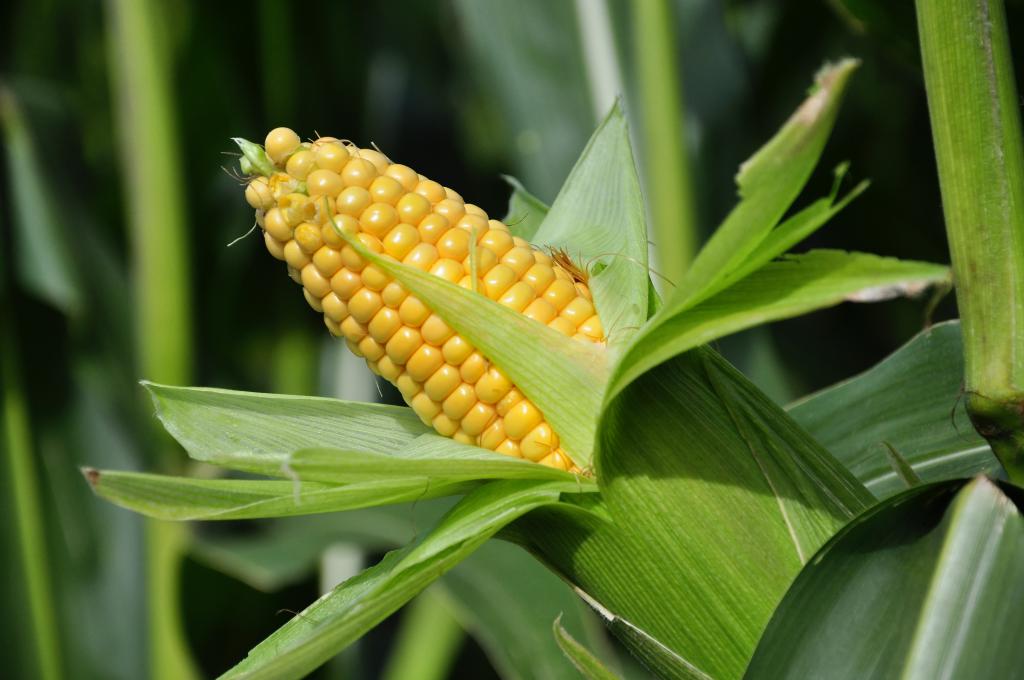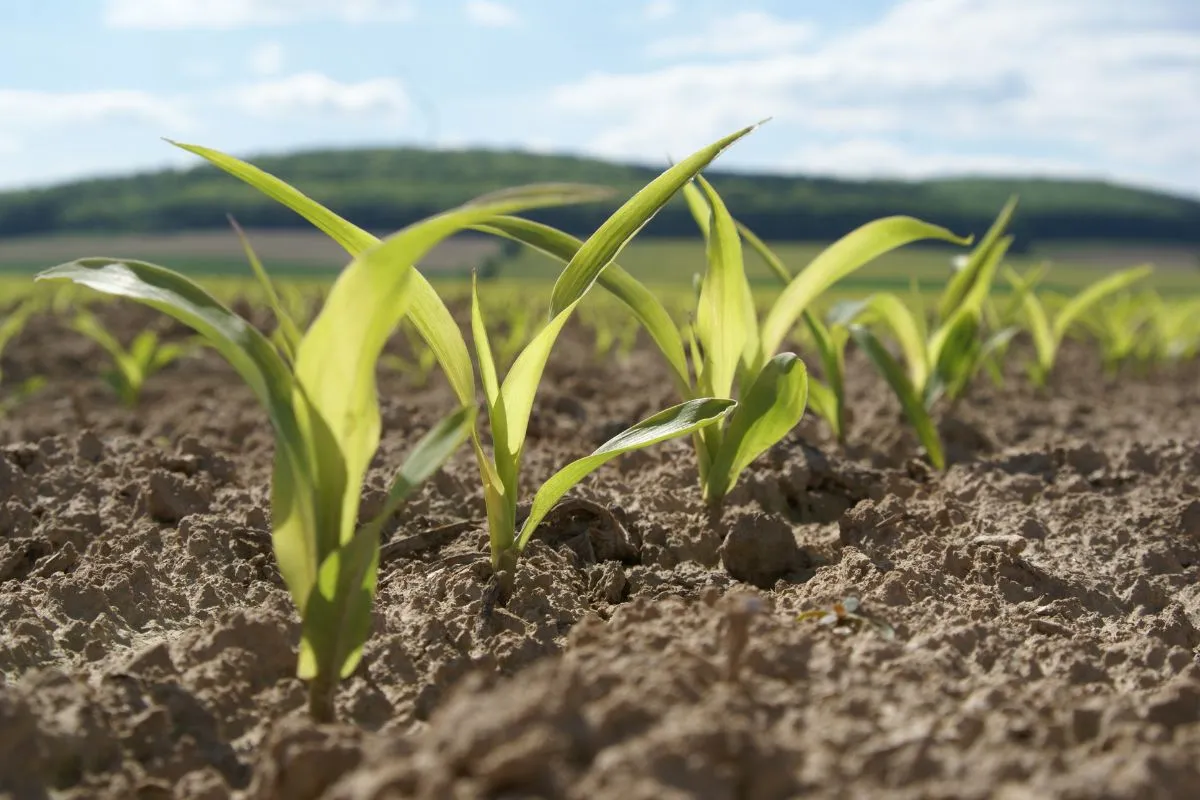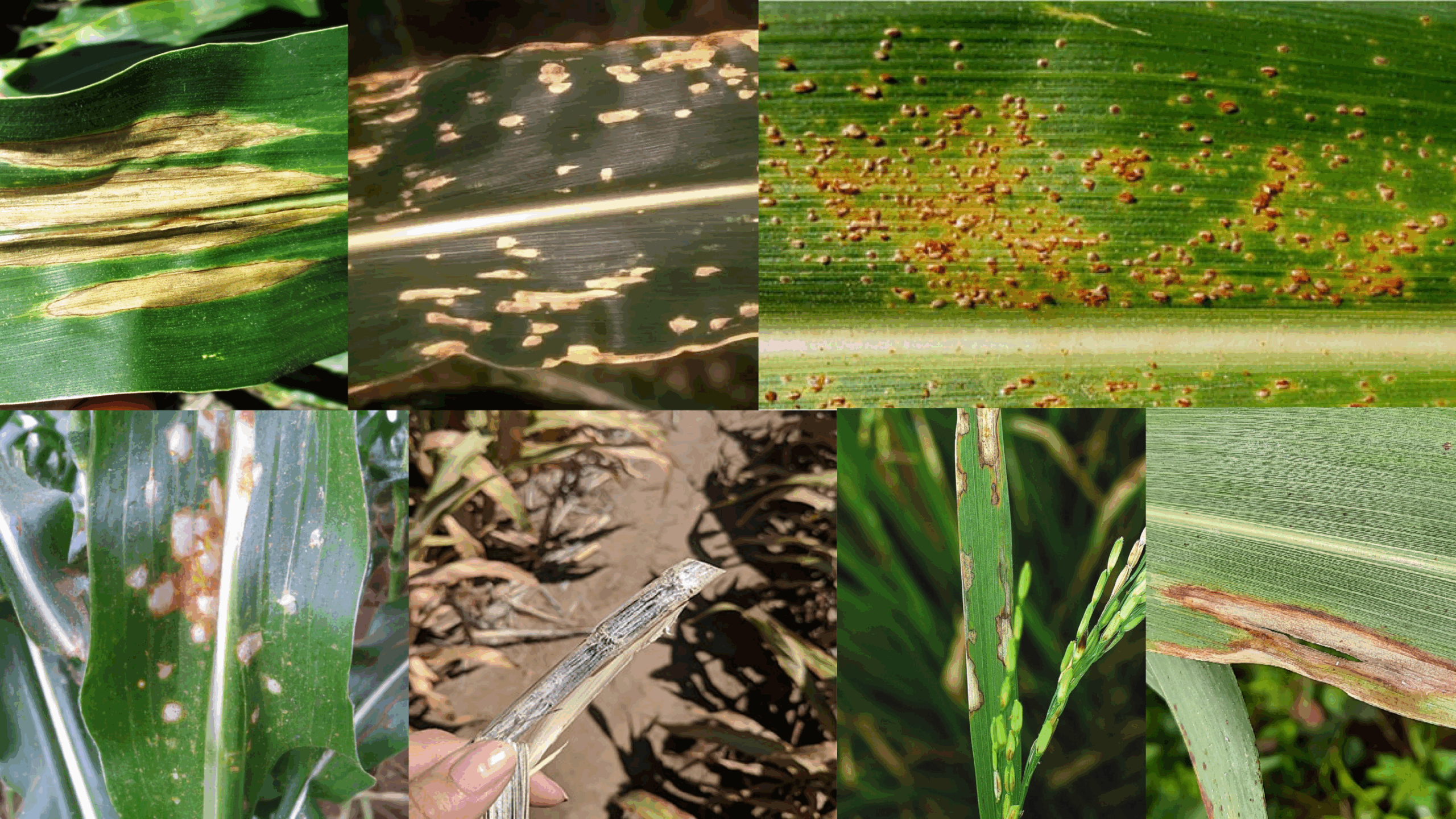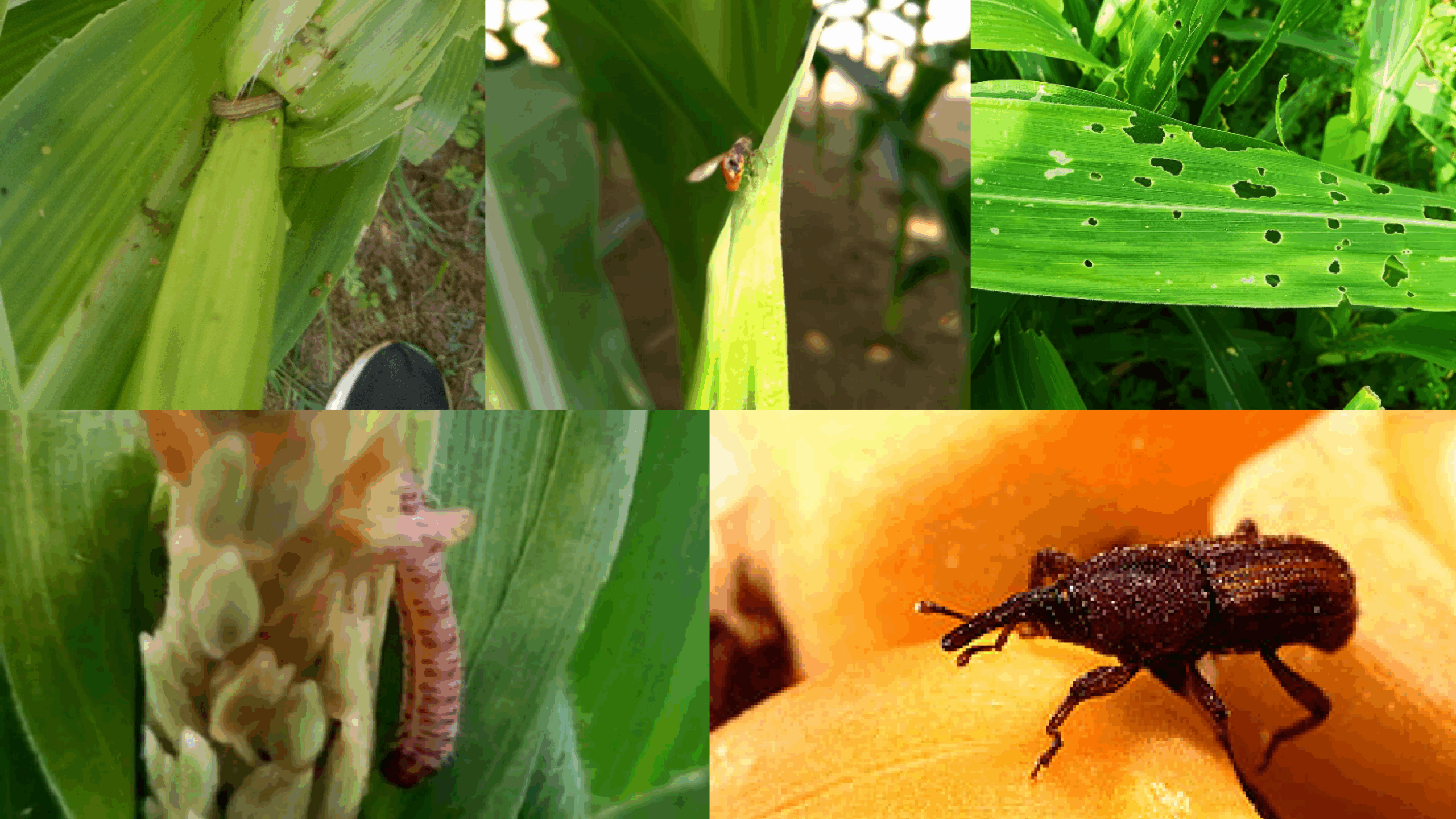Smart Maize Farming: Simple Steps for Higher Yields
Introduction of Maize
Maize (corn) is an important cereal crop in India, used for food, fodder, and industry. It is grown across the country and supports lakhs of farmers. India is one of the top maize producers in Asia. Maize can be grown in both Kharif (rainy) and Rabi (winter) seasons.
Maize Synopsis
Botanical Name: Zea mays
Common Names: Maize (English), Makka (Hindi), Mokka Jonna (Telugu), Makkacholam (Tamil), Musukina Jola (Kannada), Bhutta (North India)
Crop Season: Kharif & Rabi (and summer in some states with irrigation)
Different Types of Maize Species
| Type of Maize | Botanical Name | Description / Use |
|---|---|---|
| Field Maize (grain) | Zea mays | Main type grown for grain, food, and feed |
| Sweet Corn | Zea mays var. saccharata | Used as a vegetable, sweet taste |
| Popcorn | Zea mays var. everta | Pops when heated, used for snacks |
| Flint Corn | Zea mays var. indurata | Hard outer layer, grown in India & Latin America |
| Dent Corn | Zea mays var. indentata | Dented grains, used for feed and industry |
| Waxy Corn | Zea mays var. ceratina | Waxy starch, used in food processing |
| Baby Corn | Zea mays (harvested young) | Eaten as vegetable, harvested immature |
1. Best Soil and Climate for Maize
Soil: Maize grows best in well-drained loamy or sandy loam soils with pH 5.5–7.5. Avoid waterlogged soils.
Climate: Requires 500–800 mm rainfall, temperature between 21–32°C, and plenty of sunlight.
2. Varieties of Maize
Hybrids: Dekalb (e.g., 9120, 9144), Pioneer, Bioseed, Master 1323, 2244, Syngenta.
Varieties: Suwan-1, Kalinga Raj, Vivek Maize Hybrid 45, Pusa Composite 4.
For Telangana and Andhra Pradesh (recommended): DHM series hybrids – DHM 144, 182, 193, 206, 218, which are latest and suitable for local conditions.
Select hybrids and varieties based on local climate, irrigation availability, and market needs for optimal results.
3. Field Preparation
- Plough the land 2–3 times to obtain fine tilth.
- Remove weeds and crop residues.
- Incorporate 2–3 tons of well-rotted farmyard manure (FYM) per acre before the last ploughing.
- Level the field to ensure uniform seed sowing and irrigation.
4. Seed Rate & Treatment
Seed Rate: 8–10 kg per acre (20–25 kg per hectare) for hybrids.
Seed Treatment:
- Treat seeds with fungicides like Carbendazim or Thiram @ 2 g per kg of seed.
- For insect protection, treat with Imidacloprid @ 5 ml per kg seed.
- Dry treated seeds in shade before sowing.
5. Sowing Time & Method
Kharif: June–July (with monsoon onset)
Rabi: October–November (after Kharif harvest)
Summer: February–March (in irrigated areas)
Spacing: 60 cm (row-to-row) × 20 cm (plant-to-plant)
Sowing Depth: 4–5 cm deep
6. Fertilizer Dosage & Timing
Basal Dose (per acre):
- Nitrogen (N): 40–50 kg
- Phosphorus (P2O5): 20–25 kg
- Potash (K2O): 20–25 kg
Split nitrogen application into 2–3 doses during knee-high growth stage, tasseling, and grain filling stages. Adjust according to soil tests and crop growth.
7. Water Management
- First irrigation immediately after sowing.
- Subsequent irrigations every 7–10 days.
- Critical stages: knee-high, tasseling, silking, and grain filling.
- Avoid waterlogging, especially during early stages.
8. Weed Management
- First weeding 20–25 days after sowing.
- Second weeding 40–45 days after sowing.
- Apply pre-emergence herbicide Atrazine 50% WP @ 400–500 g per acre 1–2 days after sowing.
9. Harvesting and Threshing
- Harvest when cobs are well-filled, grains hard, and husks turn brown and dry.
- Dry cobs in the sun for 2–3 days before shelling.
- Store grains at 12–14% moisture for safe storage.
10. Yield
| Type of Maize | Yield Range (quintals/ha) | Yield Range (tonnes/ha) |
|---|---|---|
| Hybrid Maize | 80–120 | 8–12 |
| Improved Varieties | 50–75 | 5–7.5 |
| Local/Traditional | 30–50 | 3–5 |
*Note:* Actual yield depends on variety, soil, climate, and management practices. Hybrid maize produces higher yields than local varieties when managed well.


Want to be part of our next event?

